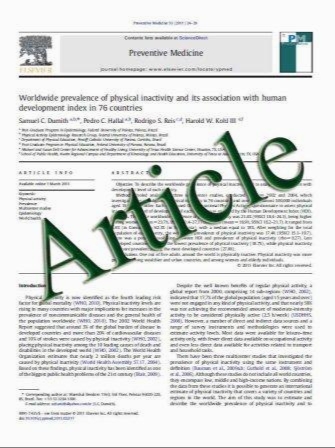Pharmacological Basis for the Medicinal Use of Psyllium Husk (Ispaghula) in Constipation and Diarrhea
- نوع فایل : کتاب
- زبان : انگلیسی
- مؤلف : Malik Hassan Mehmood Nauman Aziz Muhammad Nabeel Ghayur Anwarul-Hassan Gilani
- چاپ و سال / کشور: 2010
Description
Background The objective of this study was to determine the pharmacological basis of the medicinal use of psyllium husk (Ispaghula) in gastrointestinal motility disorders. Methods In-vivo studies were conducted on mice, and isolated rabbit jejunum and guinea-pig ileum were used in in-vitro experiments. Results The crude extract of Ispaghula (Po.Cr) had a laxative effect in mice at 100 and 300 mg/kg, which was partially sensitive to atropine or SB203186 (5-HT4 antagonist). At higher doses (500 and 1,000 mg/kg), Po.Cr had antisecretory and antidiarrheal activity. In guinea-pig ileum, Po.Cr (1–10 mg/ml) had a stimulatory effect, which was partially sensitive to atropine or SB203186. In rabbit jejunum, Po.Cr had a partially atropine-sensitive stimulatory effect followed by relaxation at 10 mg/ml. The relaxation was inhibited by the presence of L-NAME, a nitric oxide (NO) synthase inhibitor, or methylene blue, a guanylyl cyclase inhibitor. Similarly, the relaxant effect of Po.Cr on K? (80 mM)-induced contractions, was attenuated in the presence of L-NAME or methylene blue. Activity-directed fractionation of Po.Cr revealed that the gut stimulatory and inhibitory constituents were widely distributed in the aqueous and organic fractions. Conclusion This study demonstrates that Ispaghula has a gut-stimulatory effect, mediated partially by muscarinic and 5-HT4 receptor activation, which may complement the laxative effect of its fiber content, and a gut-inhibitory activity possibly mediated by blockade of Ca2? channels and activation of NO-cyclic guanosine monophosphate pathways. This may explain its medicinal use in diarrhea. It is, perhaps, also intended by nature to offset an excessive stimulant effect.
Dig Dis Sci (2011) 56:1460–1471 DOI 10.1007/s10620-010-1466-0 Received: 11 August 2010 / Accepted: 12 October 2010 / Published online: 17 November 2010


